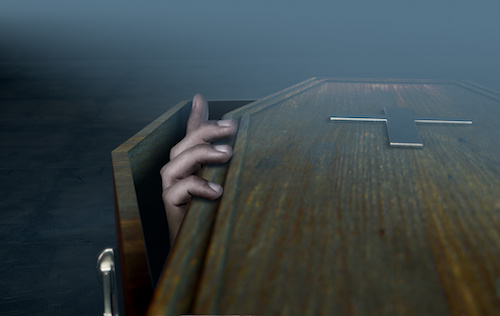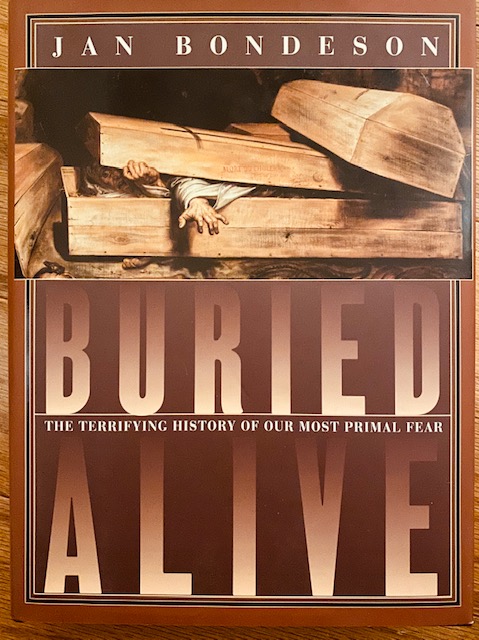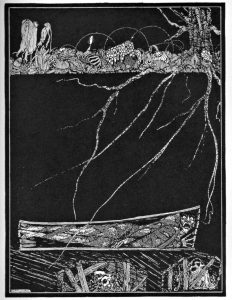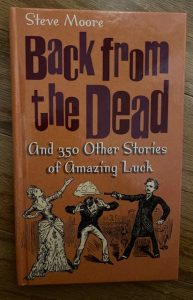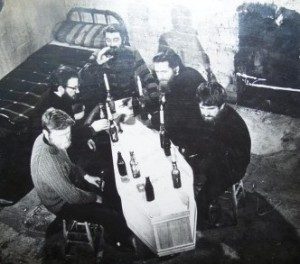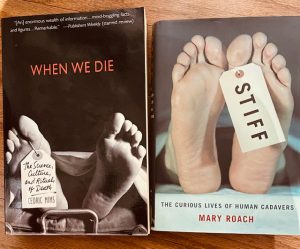
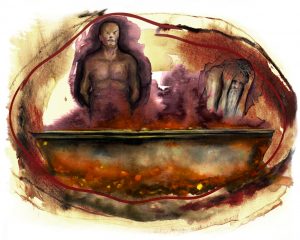
Dante’s Inferno references several classes of sinners punished with some form of eternal burial:
- The Sullen in Level 5 are kept just below the waters of the River Styx, forever near drowning.
- The Heretics in Level 6 are trapped in flaming tombs.
- Murderers in Level 7 are covered by a river of boiling blood.
- In Level 8 (where all types of fraud are punished)
- Flatterers are encased in human excrement.
- Simonists are buried head-first while flames burn their feet.
- Fraudulent Counselors are encased in flames.
- The Treacherous in Level 9 are buried in ice of varying levels depending on their sin.
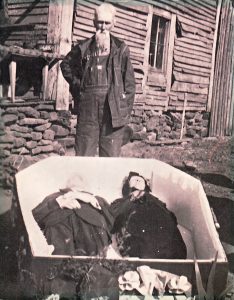

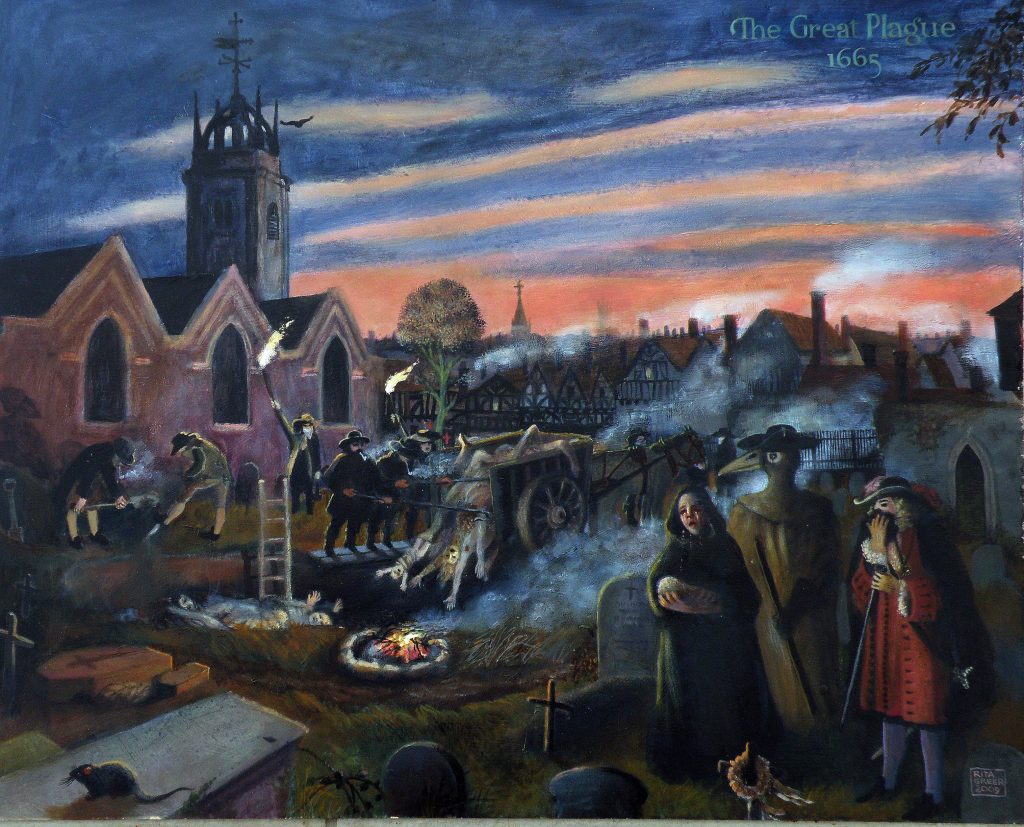
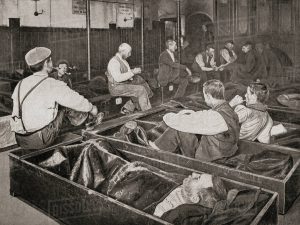
- Soles of the feet sliced with razors
- Needles jammed under toenails
- Bugle fanfares and “hideous Shrieks and excessive Noises”
- Red hot poke up the rectum
- Application of nipple pincers
- A bagpipe type invention to administer tobacco enemas
- Boiling Spanish wax poured on patients’ foreheads and warm urine poured into the mouth
- A crawling insect inserted into patient’s ear
- A sharp pencil up the presumed cadaver’s nose
- Tongue pulling (manual or mechanical) for at least three hours
The traditional Irish wake was (and is) an occasion for family and friends to celebrate the life of the deceased while watching the body for signs of movement.
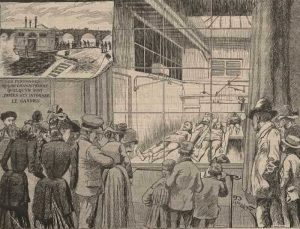
We presume that modern science has surpassed this sort of mistake, defining death as brain death. Even so, earthquakes and other natural disasters often result in people being accidentally buried alive.
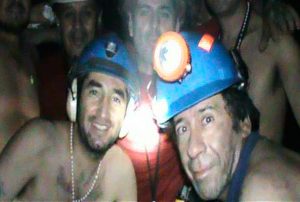

But Wait: Sometimes People Are Buried Alive on Purpose!

Sometimes live burial is a method of execution. Documented cases exist for China, German tribes, Persia, Rome, Denmark, Faroe Islands, Russia, Netherlands, Ukraine, and Brazil.


- Serbian officials buried Bosnian and Bulgarian civilians alive during the Balkan Wars.
- During World War II, Japanese soldiers buried Chinese civilians alive. (See Nanking Massacre.)
- Also during World War II, live burials were used by the Germans against Jews in Ukraine and Belarus.
- During the Vietnam War, live burials were documented in the Massacre at Huê in 1968.
- During the Gulf War, American soldiers in tanks knowingly buried Iraqi soldiers alive.
- In 2014, ISIS buried Yazidi women and children alive, attempting to annihilate the entire minority group.
- There are accounts of Khmer Rouge using live burials in the Killing Fields.
- Live burial was a form of execution during Mao Zedong’s regime, particularly during the Great Leap Forward and the Cultural Revolution..

Very rarely people willingly arrange to be buried alive, for any number of reasons. Sometimes it is to demonstrate their ability to survive it. The Indian government has made voluntary live burials illegal because the people who try it so often die. In 2010, a Russian man was buried to try to overcome his fear of death, but was crushed to death by the weight of the earth over him.
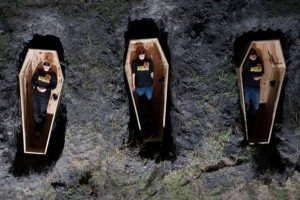
There are even performances in which people have an opportunity to be buried alive for fifteen or twenty minutes. As a publicity stunt for the opening of the 2010 film Buried, a lottery was held for a few fans to have a very unique viewing experience. Four winners were blindfolded, driven to the middle of nowhere, and buried alive in special coffins equips with screens on which they could watch the film. (A 2003 episode of “Mythbusters” demonstrated that, even if a person buried alive was able to break out of a coffin, they would be crushed or asphyxiated by the resulting dirt fall.)

Irish barman Mick Meaney remained buried under Kilburne Street in London for 61 days in 1968, mostly to win a bet. Tubes to the surface allowed air and food to reach him in his temporary, underground prison.

